Building upon the foundational understanding of limits and the role of perpendicular vectors and waves in shaping our physical world, this article explores how these principles are integral to modern technologies we rely on daily. From communication systems to energy harvesting, the physics of waves and vectors underpin innovations that continue to transform our lives. To revisit the core principles, you can explore the parent article Understanding Limits: How Perpendicular Vectors and Waves Shape Our World.
- The Physics of Waves and Vectors in Communication Technologies
- Waves and Vectors in Imaging and Sensor Technologies
- The Impact of Wave Interference and Vector Interactions in Data Processing
- Non-Obvious Applications: Energy Harvesting and Environmental Monitoring
- The Mathematical Foundations: From Limits to Optimization in Wave Technologies
- Ethical and Future Considerations: Navigating the Limits of Technology
- Conclusion: Bridging the Concept of Limits to Our Technological Future
The Physics of Waves and Vectors in Communication Technologies
Modern wireless communication systems—such as Wi-Fi, Bluetooth, and cellular networks—are fundamentally based on electromagnetic waves. These waves propagate through space, carrying information encoded in their properties. The vector nature of these signals, characterized by parameters like polarization, phase, and amplitude, enables precise control and manipulation essential for high-quality data transmission.
For example, polarization vectors determine the orientation of the electric field of radio waves, which can be exploited to reduce interference and improve signal clarity. Phase and amplitude modulation techniques encode data onto these wave properties, allowing multiple signals to coexist on the same frequency band—a concept directly related to the physics of wave interference and limits imposed by noise.
The limits of signal transmission—such as bandwidth constraints, attenuation, and noise—are areas of active research. Technologies like beamforming and multiple-input multiple-output (MIMO) systems use vector control to optimize signal directionality, thus pushing these fundamental limits and enhancing network capacity.
Waves and Vectors in Imaging and Sensor Technologies
Wave phenomena are central to many imaging modalities. Magnetic Resonance Imaging (MRI), ultrasound, and radar systems all rely on the physics of wave propagation and reflection. In MRI, radiofrequency waves interact with hydrogen nuclei, and the resultant signals—whose vector properties determine their phase and amplitude—are used to construct detailed images of internal structures.
Ultrasound imaging employs high-frequency sound waves that reflect off tissues, with the detected echoes carrying information about tissue interfaces. Radar systems, used in weather forecasting and aviation, send out electromagnetic pulses and analyze the returning signals. The directionality of these waves, governed by vector sensitivity, enhances resolution and accuracy.
Advances in sensor technology increasingly leverage vector-based detection to improve directional sensitivity. For example, phased-array antennas manipulate the phase vectors of signals to steer beams electronically, significantly improving imaging resolution and environmental sensing capabilities.
The Impact of Wave Interference and Vector Interactions in Data Processing
Understanding how waves interfere—constructively or destructively—is crucial for optimizing signal clarity. In communication systems, managing interference involves manipulating phase vectors to align signals (constructive interference) or cancel out noise (destructive interference).
Vectors play a vital role in encoding and decoding signals. Techniques such as phase-shift keying (PSK) and polarization modulation rely on precise vector control to encode data efficiently. During decoding, phase shifts and polarization states are analyzed to recover the transmitted information accurately.
Error correction algorithms further exploit the mathematical relationships between wave interactions, reducing errors caused by noise and interference. These sophisticated methods push the physical limits of data transmission, ensuring more reliable communication in increasingly crowded spectral environments.
Non-Obvious Applications: Energy Harvesting and Environmental Monitoring
Wave physics extends beyond communication and imaging into energy harvesting. Solar panels convert electromagnetic radiation into electrical energy, harnessing the wave nature of sunlight. Similarly, wind turbines and ocean wave energy converters rely on the physics of fluid and wave interactions.
Directional control of energy capture—using vector principles—maximizes efficiency. For instance, solar trackers adjust the panel orientation to face the sun directly, optimizing the vector alignment of incident rays for maximum energy absorption.
Understanding the limits of wave energy—such as wave height, frequency, and environmental constraints—is essential for designing sustainable and effective energy solutions. Innovations like buoy-based wave energy systems are increasingly sophisticated, incorporating vector control to adapt to changing sea conditions.
The Mathematical Foundations: From Limits to Optimization in Wave Technologies
The concept of limits informs the theoretical design of wave-based systems. Engineers use limit analysis to determine the maximum achievable performance given physical constraints, such as maximum frequency, power, or resolution.
Vector calculus provides powerful tools for optimizing device capabilities. Techniques like gradient ascent/descent and eigenvector analysis help in designing antennas, waveguides, and sensor arrays that operate near their theoretical limits.
The interplay between mathematical limits and physical constraints ensures that innovations are both feasible and efficient, guiding the development of next-generation technologies that push the boundaries of current capabilities.
Ethical and Future Considerations: Navigating the Limits of Technology
As we advance in wave manipulation and vector control, ethical considerations become critical. Privacy concerns arise with increasingly sensitive sensors and communication systems capable of detailed environmental or personal data collection. Balancing technological progress with privacy rights is essential.
Future innovations aim to push the limits of wave manipulation, such as cloaking devices or ultra-precise sensors. These developments could revolutionize fields like medical imaging, defense, and environmental monitoring but require careful regulation and ethical oversight.
A deep understanding of the physical and mathematical limits ensures responsible innovation. As highlighted in the parent article, recognizing these boundaries helps us craft technologies that are both powerful and respectful of societal values.
Bridging the Concept of Limits to Our Technological Future
In summary, waves and vectors are not just abstract physical concepts but are actively shaping the evolution of our daily technologies. They exemplify how the practical application of limits—whether in signal clarity, resolution, energy efficiency, or security—drives innovation.
By deepening our understanding of these principles, grounded in foundational physics and mathematics, we can continue to develop smarter, more efficient, and more ethical technologies. The journey from limits to innovation underscores the importance of a scientific approach in navigating and expanding the horizons of what is possible.
To explore the core ideas that underpin these advancements, revisit the parent article Understanding Limits: How Perpendicular Vectors and Waves Shape Our World.


